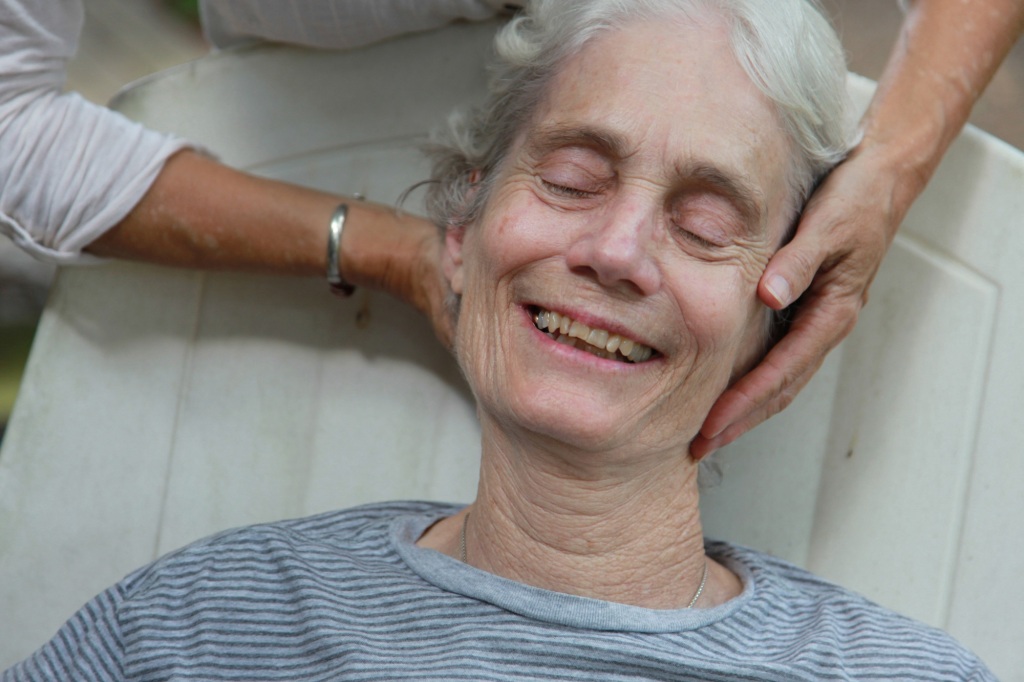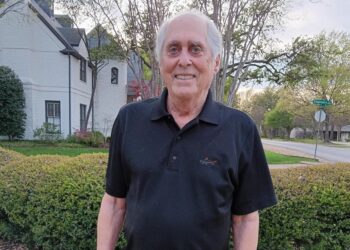Kate Ruder | KFF Health News (TNS)
BOULDER, Colorado — Ilyse Streim views massage for people in hospice care as “whispering to the body through touch.”
“It’s much lighter work. It’s nurturing. It’s slow,” said Streim, a licensed massage therapist.
Massage therapy for someone near the end of life looks and feels different from a spa treatment. Some people stay clothed or lie in bed. Others sit up in their wheelchairs. Streim avoids touching bedsores and fresh surgery wounds and describes her work as “meditating and moving at the same time.” She recalled massaging the shoulders, hands, and feet of one client as he sat in his favorite recliner and watched baseball on TV in the final weeks of his life.
“When you’re dying and somebody touches you without expectation of anything in return, you just get to be,” said Streim.
Massage therapists like Streim, who specializes in working with people who are dying or have an advanced form of cancer or other illness, are rare. Fewer than 1% of therapists specialize in hospice or palliative care massage, according to research by the American Massage Therapy Association, although many more may periodically offer massage for hospice patients.
Streim has a private practice in Lafayette, and her clients pay her out-of-pocket, as Medicare and private insurance typically don’t cover massage therapy. She also volunteers as a hospice massage therapist four hours a month.
It’s common for hospice organizations to use volunteer therapists for treatments, though some massage therapists, with physicians backing them, are pushing for paid positions as part of medical teams working alongside nurses and social workers. In the hospice unit at Palo Alto VA Medical Center, in Palo Alto, California, for example, massage therapists have been integral members of the multidisciplinary team for decades, said VJ Periyakoil, a professor of medicine at Stanford University and the founding director of its palliative care…
Read the full article here







